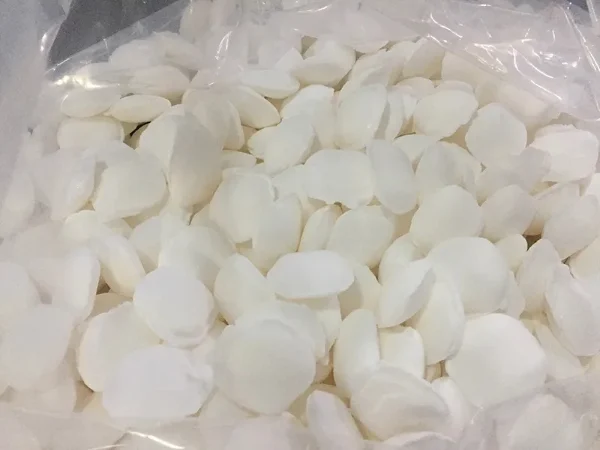
1. Cost - a Primary Factor
One of the most significant reasons for choosing Sodium cyanide (NaCN) over Potassium cyanide (KCN) is cost. Sodium is far more abundant in the Earth's crust compared to potassium. The production of Sodium Cyanide involves relatively less expensive raw materials and simpler manufacturing processes.
Potassium compounds generally require more complex extraction and purification steps. For large - scale Mineral processing operations, which consume substantial amounts of cyanide, the cost difference between sodium cyanide and potassium cyanide can translate into significant savings. For example, if a gold mine processes thousands of tons of ore daily, using sodium cyanide instead of potassium cyanide can save millions of dollars annually in reagent costs.
2. Solubility and Reactivity
Solubility
Sodium cyanide has excellent solubility in water. In the context of mineral processing, a highly soluble cyanide compound is crucial as it allows for efficient formation of the cyanide - metal complex necessary for dissolving precious metals. At standard conditions, sodium cyanide readily dissolves in water, ensuring that the cyanide ions (CN⁻) are available in sufficient concentration to react with gold or silver in the ore.
Potassium cyanide is also soluble in water, but the solubility of sodium cyanide is more than adequate for most mineral processing applications. There is no significant advantage in using potassium cyanide in terms of solubility, and the extra cost associated with it does not justify its use when sodium cyanide can achieve the same level of effectiveness in forming the required aqueous solutions.
Reactivity
In the process of dissolving gold and silver in the presence of oxygen, both sodium cyanide and potassium cyanide follow a similar chemical reaction mechanism. The cyanide ions react with the metal in an electrochemical process, forming soluble metal - cyanide complexes. However, the reactivity of sodium cyanide is well - studied and optimized in industrial settings.
The reaction rate of sodium cyanide with gold and silver under typical mineral processing conditions (pH around 9 - 11. presence of dissolved oxygen) has been extensively researched, and the process parameters have been fine - tuned over decades. This familiarity allows for more precise control of the leaching process, ensuring high extraction yields of precious metals. Switching to potassium cyanide would require re - evaluating and potentially re - optimizing these process conditions, which is a costly and time - consuming endeavor.
3. Stability
Sodium cyanide exhibits good chemical stability under the conditions typically encountered in mineral processing operations. It does not decompose easily in the presence of air, moisture, or common impurities found in ores. This stability is crucial as it ensures that the cyanide solution maintains its effectiveness over time.
Potassium cyanide, on the other hand, may be slightly more reactive in certain environments and could potentially decompose at a faster rate under some conditions. For example, in the presence of certain acidic impurities in the ore or in high - humidity environments, potassium cyanide might be more prone to hydrolysis or other decomposition reactions, which would reduce the concentration of available cyanide ions and thus the efficiency of the precious metal extraction process.
4. Handling and Safety Considerations
Both sodium cyanide and potassium cyanide are highly toxic substances. However, due to the widespread use of sodium cyanide in the industry, there are well - established safety protocols and handling procedures. Workers in mineral processing plants are trained to handle sodium cyanide safely, and the equipment used for storage, transportation, and application of sodium cyanide has been designed with safety in mind.
The industry has developed comprehensive safety measures for sodium cyanide, such as proper ventilation systems in processing areas, personal protective equipment requirements, and emergency response plans in case of spills or leaks. Switching to potassium cyanide would require re - training the workforce and potentially modifying the safety infrastructure in the plant, which adds an unnecessary layer of complexity and cost.
In conclusion, the choice of sodium cyanide over potassium cyanide in mineral processing is a rational decision based on economic, chemical, and safety factors. The lower cost, suitable solubility and reactivity, good stability, and established safety procedures associated with sodium cyanide make it the preferred option for extracting precious metals from ores.
- Random Content
- Hot content
- Hot review content
- Sodium Isobutyl Xanthate SIBX 90%
- Booster(Detonating insensitive explosives)
- Cyanoacetic acid 99% Powder
- 2-Hydroxyethyl acrylate (HEA)
- Adipic acid 99% used as the material of nylon 66
- Caprylic/capric triglyceride
- Food Grade 99% Sodium Bicarbonate
- 1Discounted Sodium Cyanide (CAS: 143-33-9) for Mining - High Quality & Competitive Pricing
- 2Sodium Cyanide 98% CAS 143-33-9 gold dressing agent Essential for Mining and Chemical Industries
- 3Sodium Cyanide 98%+ CAS 143-33-9
- 4China's New Regulations on Sodium Cyanide Exports and Guidance for International Buyers
- 5Anhydrous Oxalic acid 99.6% Industrial Grade
- 6Oxalic acid for mining 99.6%
- 7Reagent Grade/Industrial Grade Hydrochloric Acid min.31%
- 1Sodium Cyanide 98% CAS 143-33-9 gold dressing agent Essential for Mining and Chemical Industries
- 2High Quality 99% Purity of Cyanuric chloride ISO 9001:2005 REACH Verified Producer
- 3 High-Quality Sodium Cyanide for Leaching
- 4Powdery emulsion explosive
- 5Industry Grade Electron grade 98% Sulfuric Acid H2SO4 Sulphuric Acid Battery Acid Industrial Sulfuric Acid
- 6Colloidal emulsion explosive
- 7sodium hydrosulfide 70% flakes used Mining Industry



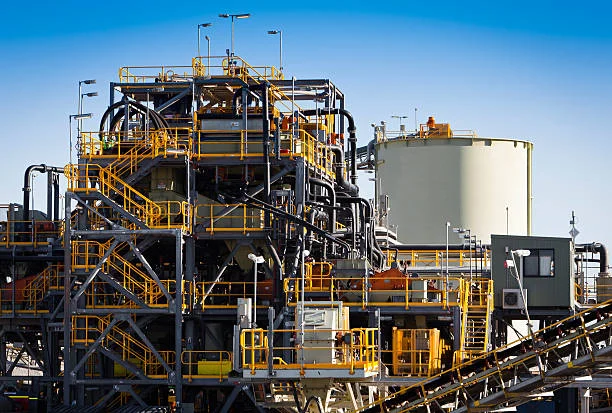

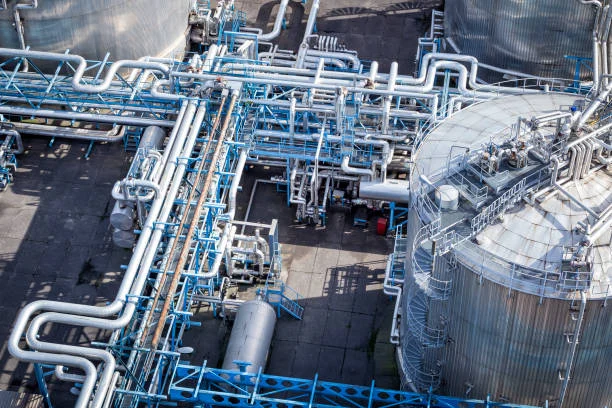

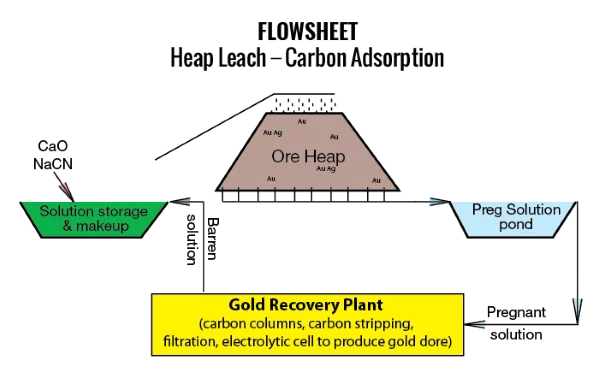
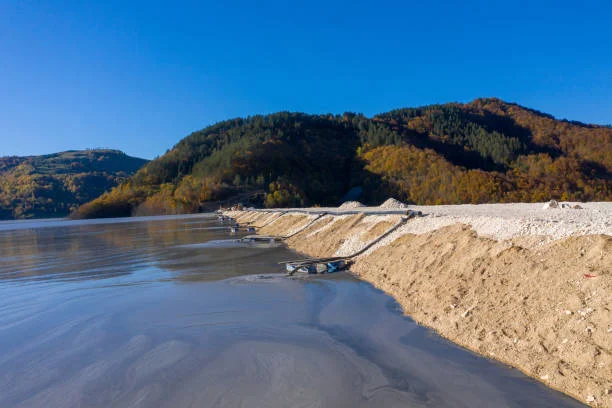



Online message consultation
Add comment: